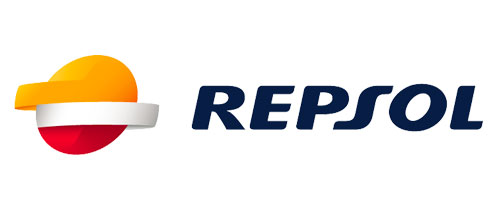Home » Education Programs » Innovation Gateway » Design and Test a Rover
This challenge is no longer active and has been completed. Submissions are no longer being accepted.
Be part of the NASA mission. Compete in a new series of challenges through our Innovation Gateway, a community science initiative. Everyday explorers – just like you – have the opportunity to provide useful solutions to further space exploration and our world.
In this challenge, you will design, build, and test a functional rover. This rover needs to be able to move under its own power.


The ability to use tools is one of the skills that has allowed humanity to grow as a species, and one of the most essential tools is the wheel. Throughout history, the wheel has been one of the keystones of technological advancement, allowing us to move goods and people with relative ease. This improved the speed at which ideas could be exchanged, which in turn led to improvements in wheeled vehicles, and so on in a feedback loop. Often, when we think about the future of mobility, the conversation centers around flight, but the wheel will continue to play a significant role in our lives and future for generations to come.
When we think of NASA, our minds typically think about the incredible rockets designed to take people beyond the Earth. But when a mission calls for exploring the surface of a planet or moon, there is no substitute for the rover. NASA has sent four rovers to Mars, with the fifth expected to land on the Martian surface on Feb. 18, 2021. These rovers have increased our knowledge of the Red Planet by leaps and bounds. Rovers were also essential to our exploration of the moon in the 1970s, and as we plan on returning to the moon in the next few years, crewed rovers will once again be a primary focus of space exploration.
Challenge winners can select from two general admission tickets to Space Center Houston or a virtual chat with a NASA astronaut.
Design and build a “self-powered” rover that can carry cargo or a mock astronaut. Engage in the engineering design process to improve your initial design and create a rover that can go farther and carry more cargo.
Level 1: Design and build a rover that can self-propel itself over one foot.
Level 2: Design and build a rover that can self-propel itself over one foot with a passenger or cargo about the size and weight of a coffee mug.
Level 3: Design and build a rover that can self-propel itself over two yards with a passenger or cargo about the size and weight of a half-gallon milk carton.
Helpful hints for all levels:
Challenge winners will be featured on our challenge webpage.
Level 1, 2, & 3
This challenge is no longer active and has been completed. Submissions are no longer being accepted.
To support your research, review these resources to help get you started.
Ages 17 & younger
Coming soon
Ages 18 & older
Coming soon
Presented by

with support from

HOURS TODAY
Have them apply to Rise! Rise is a program that offers students access to scholarships, mentorship, networking and career development opportunities, fostering their ability to address pressing global challenges.
NOW LAUNCHING . . .
Use code MBRTHANKS to get 10% off your membership when you join today! Access special offers like Double Discount Days in the gift shop (20% OFF) and join us for new events all year long.